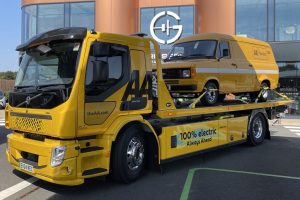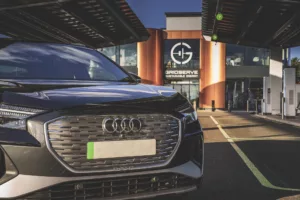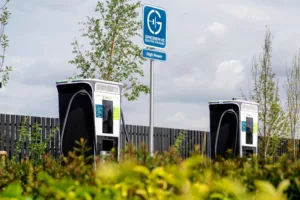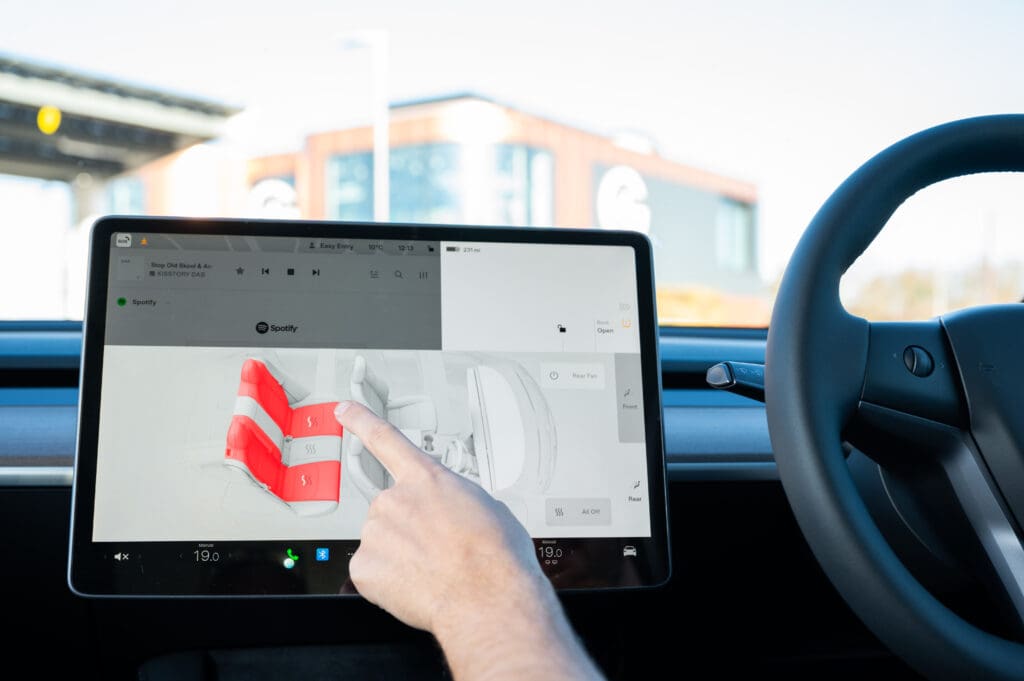

How much does the air-conditioning drain from the battery? What’s the most efficient way to stay warm in your car during winter?
Does your battery deplete faster at night if you need the headlights on for hours? Will I lose miles of range if I plug my smartphone in to charge?
Does the ever-increasing list of gadgets on new cars have a negative impact on how far you can drive on a single charge?
These rapid-fire questions are some of the most frequently asked to our EV gurus electric cars. And they’re important to know if you’re running low on battery power and need to maximise range on the way to a charger.
Why is my EV battery draining so fast?
So, we thought we’d settle the score once and for all with a little help from the data wizards at GRIDSERVE. Using a combination of live electric vehicle data, manufacturer tech sheets and a healthy dose of degree-level maths, we’ve been able to calculate how much energy electrical systems require and converted that into how many miles per hour of your electric car battery it’ll use.
Obviously, each electric car and lithium ion battery is different, so to help standardise our results we’ve used an average vehicle efficiency – that’s the amount of battery power needed to travel a certain distance. The figure we’ve used is 288 Wh/mile – that’s a fairly average number across the market, from city cars to family SUVs.
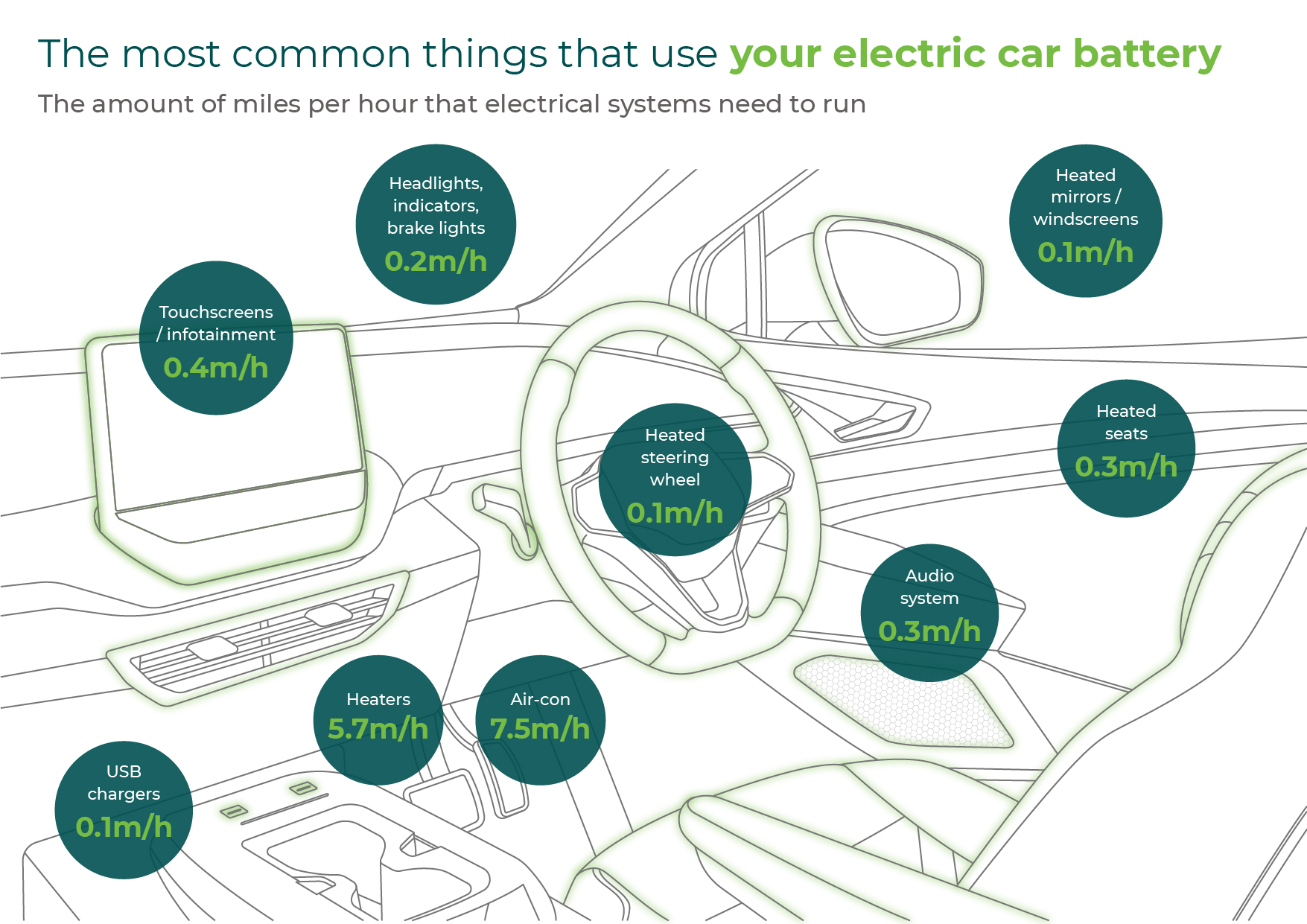
Climate control
The single biggest drain on your battery range, other than actually driving, is climate control. Whether that’s keeping you cool in summer or toasty in winter, systems typically require about 3-4kW to run, which equates to seven miles of range per hour to run the air-con and five miles per hour to run heaters. That means over a three-hour summer holiday road trip, you’ll need to account for around 20 miles for the air conditioning.
That’s compared to less than half a mile per hour if you use the heated seats and steering wheel. Think about that, around 1,000 times less impact by heating the person rather than the entire car.
And it’s same effect on battery performance if you pop the window to stay cool. That said, be careful about doing so at high speeds as the impact on aerodynamics and increased drag could offset the savings you’re making by not putting the air-con on low.
Your heated screens, front and rear, will also be a minor drain on your battery. Heated windscreens are much more energy intensive than rear screens but usually have an automatic switch off after a short time to reduce energy demand.
- Air-con: 7.5 miles/hour
- Heaters: 5.7m/h
- Heated seats: 0.3m/h
- Heated steering wheel: 0.1m/h
- Heated windscreen / rear screen / mirrors: 0.1m/h
Lighting
You’ll notice your home electricity bill soar in the winter as you put your lights on earlier and for longer – so is the same true in a car when commutes are done in the dark? Fortunately, the impact on battery health is minimal.
Lighting systems, whether that’s fog lights, brake lights or headlights, use a tiny amount of energy in the grand scheme of things – equal to just 0.2 miles per hour.
- Indicators, fog lights, brake lights, headlights: 0.2m/h
On-board tech
Cars are loaded with an increasing amount of kit – huge touchscreens, banging sound systems and a plethora of USB ports to keep your various devices topped up on the go. So how does this impact your EV battery range per hour? Should you sit in silence and turn off the infotainment screen if you’re running low on juice?
If things are getting desperate then, potentially, yes. An audio system can use 0.3 miles per hour while an infotainment display uses 0.4 miles per hour. A USB charger is less of a worry, with a minuscule amount of impact on range – although if you’ve got four or five plugged in, you might start to see an impact.
- Audio system: 0.3m/h
- Infotainment display: 0.4m/h
- USB charger: 0.1m/h
How do other systems like windscreen wipers, central locking, remote connectivity or ABS impact EV battery range?
All of the electrical systems on your car drain a small amount of battery while they’re in use but are very small when it comes to range impact
That said, when you add everything up, including the heating or cooling systems, lighting and entertainment systems, they’ll require over 5kW of power to run – equal to around 10 miles per hour.
How does driving impact battery health
We’re not including the thing that drains the most battery power – namely actually driving. But we’ll touch on it very briefly, just to say that the number of miles you’ll get from your battery can alter on any given day due to conditions outside and how you drive.
Clearly, if you’re less fussed about winning every traffic light grand prix and make use of the electric vehicle’s regenerative braking system, your battery will reward you with more miles.
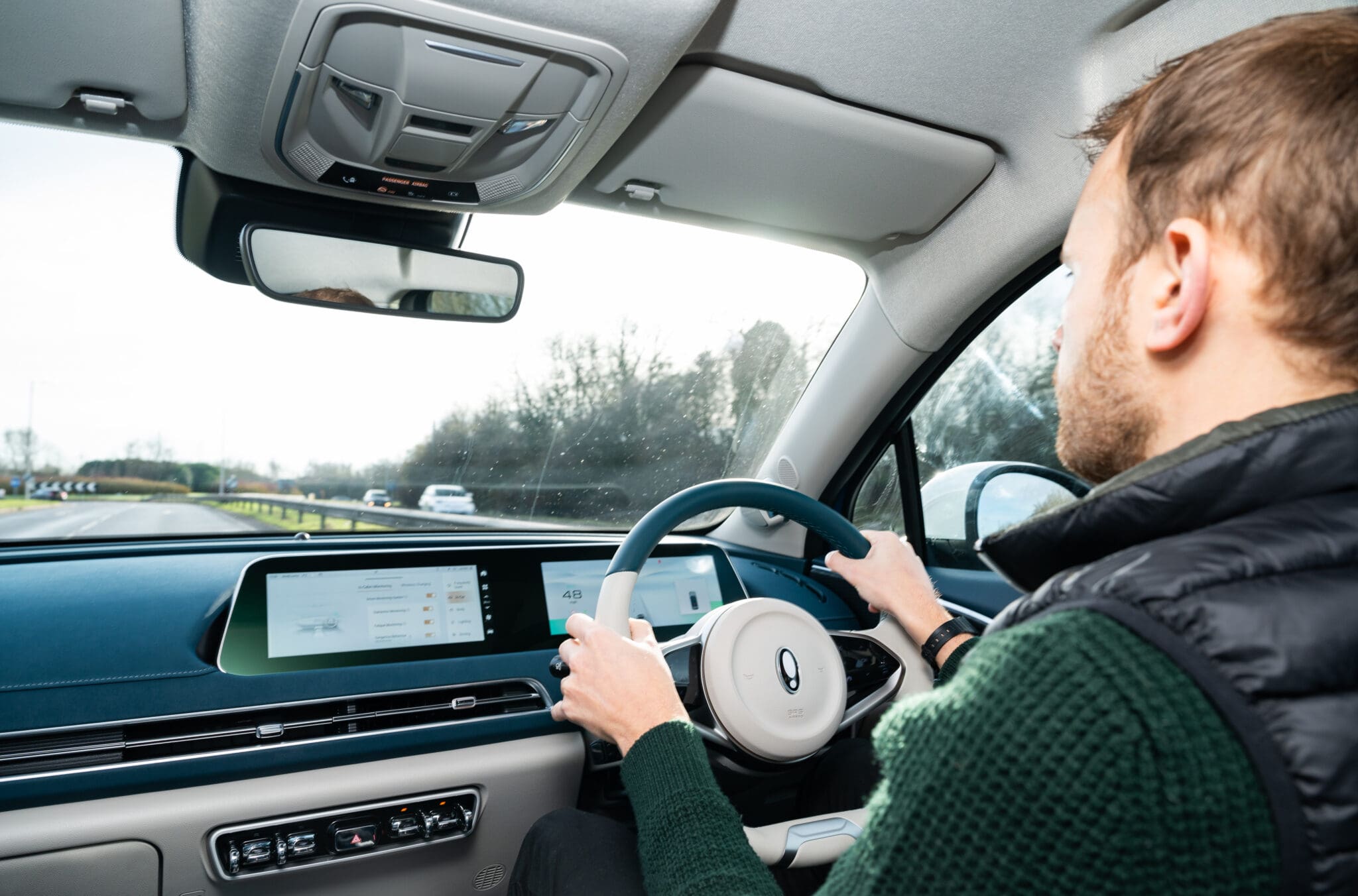
How much does regenerative braking add to your range?
One way to claim back some of that battery life is with regenerative braking. This works by recovering some of the kinetic energy lost as the car slows down and pumps it back into the battery cells, resulting in added range.
Now, you won’t be adding hundreds of miles and it’s dependent on driving style, terrain and route (regen braking is way better in stop-start city driving than on motorways) but it’s estimated that on average using regenerative braking can add around 20% in range. That means over a 100 miles journey, you’ll reclaim about 20 miles.
How does highway speed drain EV battery?
It goes without saying that the faster you drive, the more battery power you need – just the same as it is with petrol or diesel. But what about if you make small adjustments to your speed?
Data from GRIDSERVE shows that it increases exponentially so small changes at higher speeds are more important. For example, over an hour long journey, you’ll use 13% less energy driving at 60mph compared to 70mph – equal to roughly six miles of range per hour.
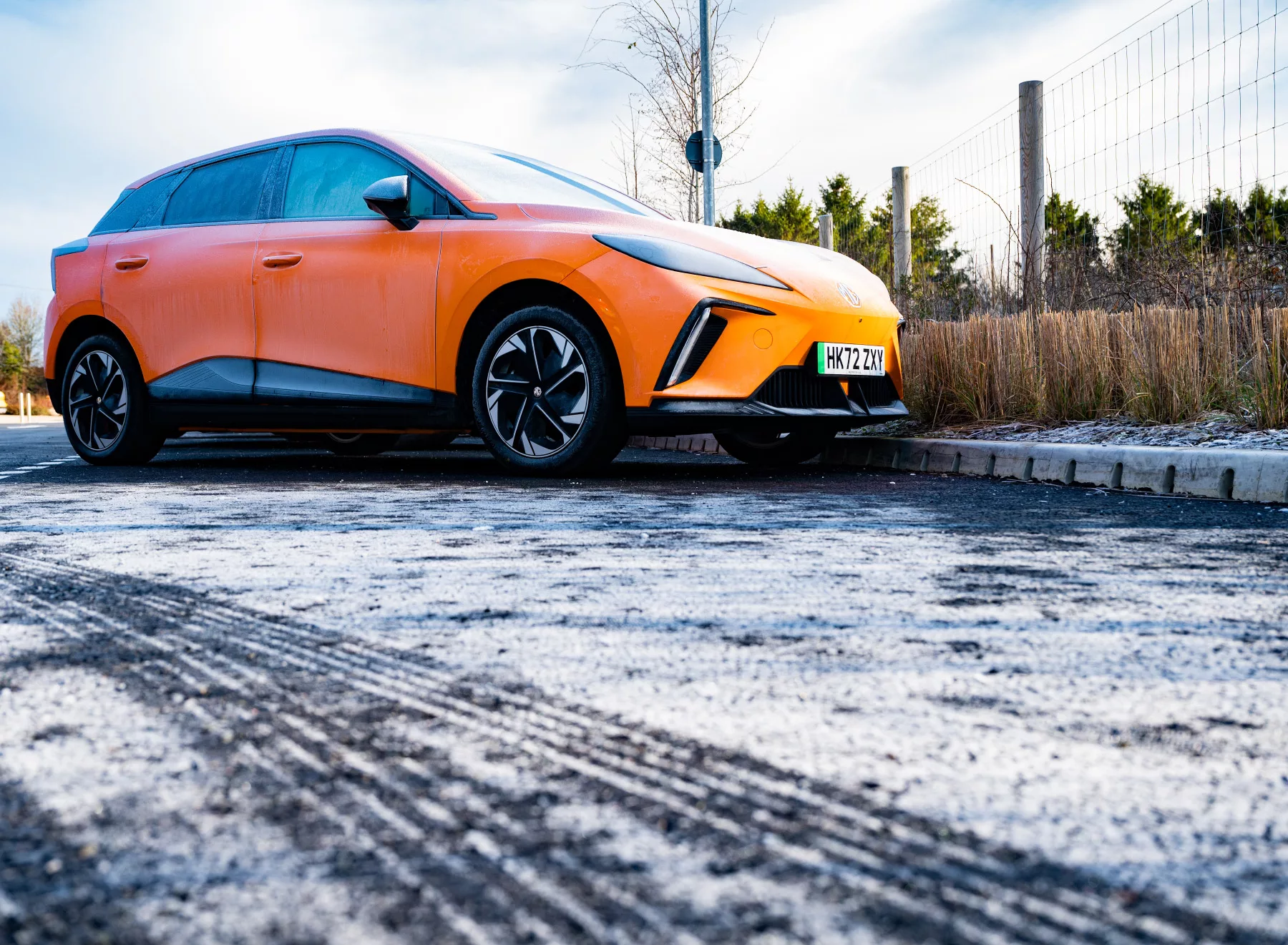
How does the battery temperature impact EV range?
Also, in extreme cold your battery may show reduced range (that’s because the battery chemistry is a bit sluggish in freezing temperatures and your car needs to use energy to heat the battery up). If it’s an absolute scorcher, your car will need to use some energy to keep the battery cool, too.
For those cold days, make sure you take advantage of pre-conditioning and consider selecting a heat pump as an option on any new vehicle. Ahead of you leaving the house, it’ll bring the cabin up to temperature, defrost and demist your windows and warm your battery so it’s operating at its peak.
Not only does it make it nice and toasty for you but if you do this while the car is plugged in at home, you won’t have to use your battery to heat the car when you set off. Great for maximising range – especially as heat pumps can be 10% more efficient than a traditional heater.
